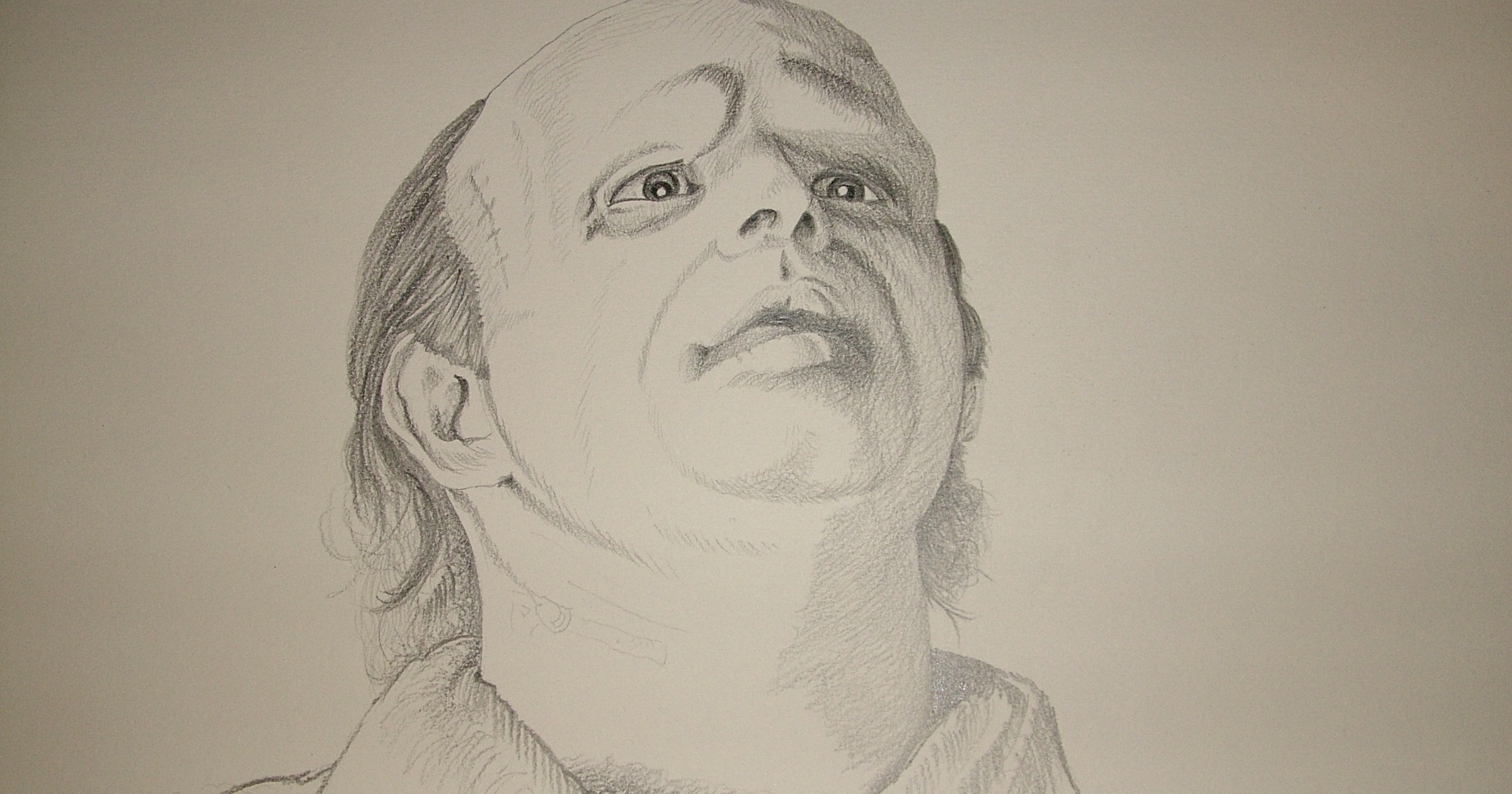 Evolution
Evolution
 Intelligent Design
Intelligent Design
Frankenstein and His Offspring

Editor’s note: We are delighted to present a series by Neil Thomas, Reader Emeritus at the University of Durham, “Why Words Matter: Sense and Nonsense in Science.” This is the sixth article in the series. Find the full series so far here. Professor Thomas’s recent book is Taking Leave of Darwin: A Longtime Agnostic Discovers the Case for Design (Discovery Institute Press).
I have been writing about the neologism “abiogenesis” (see earlier posts here and here). Like “panspermia,”1 it is but one example of an old concept (it was first mooted by Svante Arrhenius in 1903) which periodically undergoes a curious form of (intellectual) cryogenic freezing only to reappear after a decent lapse of time and memory to be presented afresh under a revamped name2 as an idea claimed to be worth a second look.
In essence it seems to draw its strength from pseudo-scientific folk-beliefs that life could somehow be made to emerge from non-life, a conception most notably exploited (and obliquely criticized) in Mary Shelley’s Frankenstein (1818). In another example of the literary/media intelligentsia being ahead of the curve, the refusal of the discredited spontaneous generation to give up the ghost gave that anarchic auteur Mel Brooks ample raw material to ridicule the atavistic misconception in his inspired 1974 comic movie, Young Frankenstein.
Two American Scientists
For those who did not catch this laugh-out-loud film: the engaging anti-hero, played by the inimitable Gene Wilder, scion of the notorious Baron Frankenstein, at first does everything possible to put distance between himself and his notorious ancestor, whom he memorably dismisses before a class of his students as a “kook,” and thereafter insists on his surname being pronounced Frankensteen. However, the temptation to attempt the impossible “one last time” proves too much either for “Dr. Frankensteen” (whom the film shows reverting to type when he latterly de-Americanizes his surname to Frankenstein) or, it appears, for two American scientists, Stanley Miller and Harold Urey, to resist.
Most of us probably remember Brooks’s oeuvre as being of a somewhat variable standards, but in amongst the pure goofery of Young Frankenstein, as Brooks himself put it in an interview, the film contained an unmistakably satirical thrust because “the doctor (Wilder) is undertaking the quest to defeat death — to challenge God.”3 That is a not inappropriate epitaph for the Miller-Urey experiment as well as its later avatars, it might be thought.
Next, the final post in this series, “Existential Implications of the Miller-Urey Experiment.”
Notes
- The (unfounded) notion that life was “seeded” on Earth after having been wafted to here from distant planets — a much-derided notion but one which still re-emerges from time to time as a somewhat desperate kite-flying exercise on the part of some scientists who, now as ever, remain at a loss to account for the emergence of animal and human life on earth.
- Aristotle had termed it spontaneous generation.
- Cited by Patrick McGilligan in his biography, Funny Man: Mel Brooks (New York: Harper Collins, 2019), p. 355.
